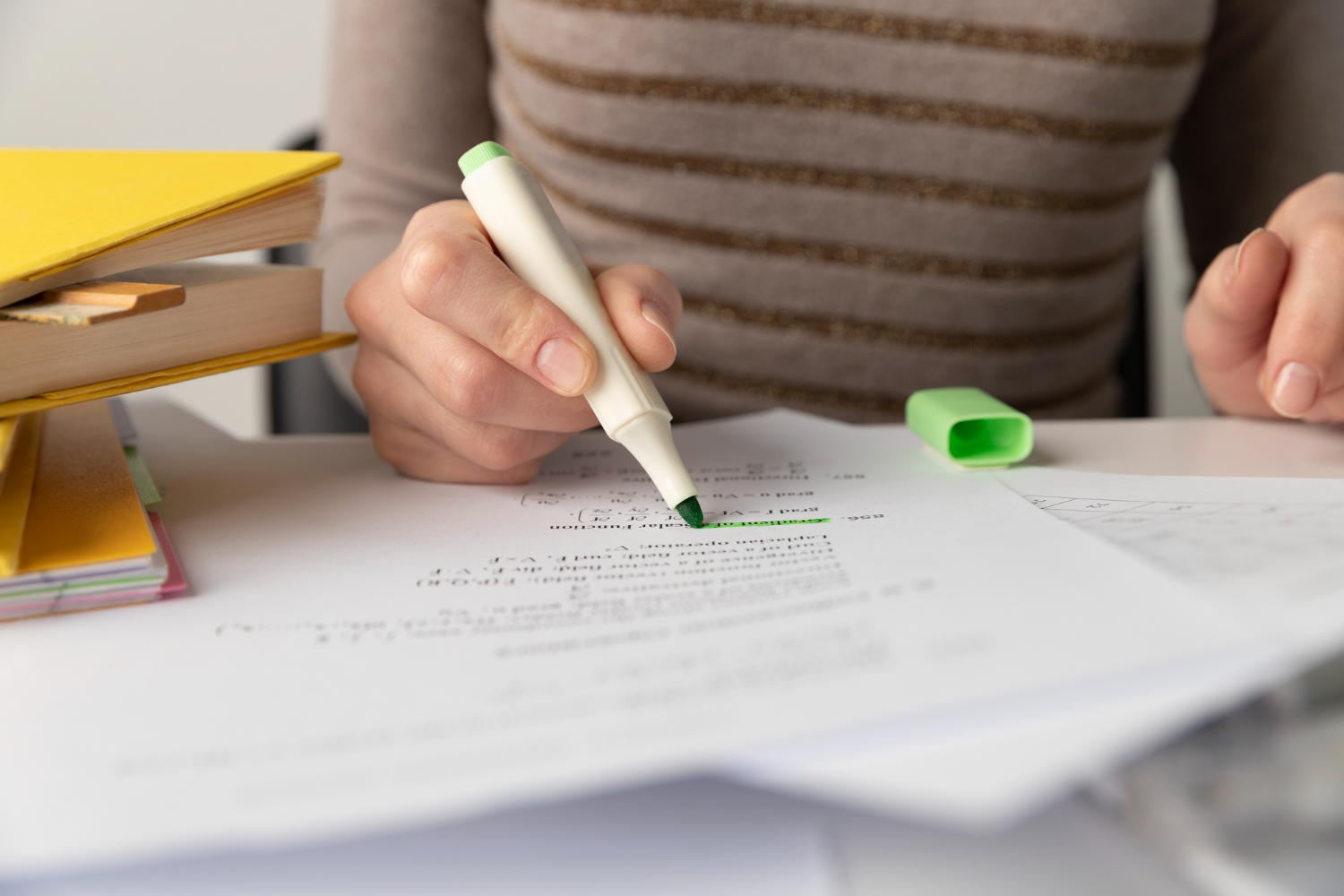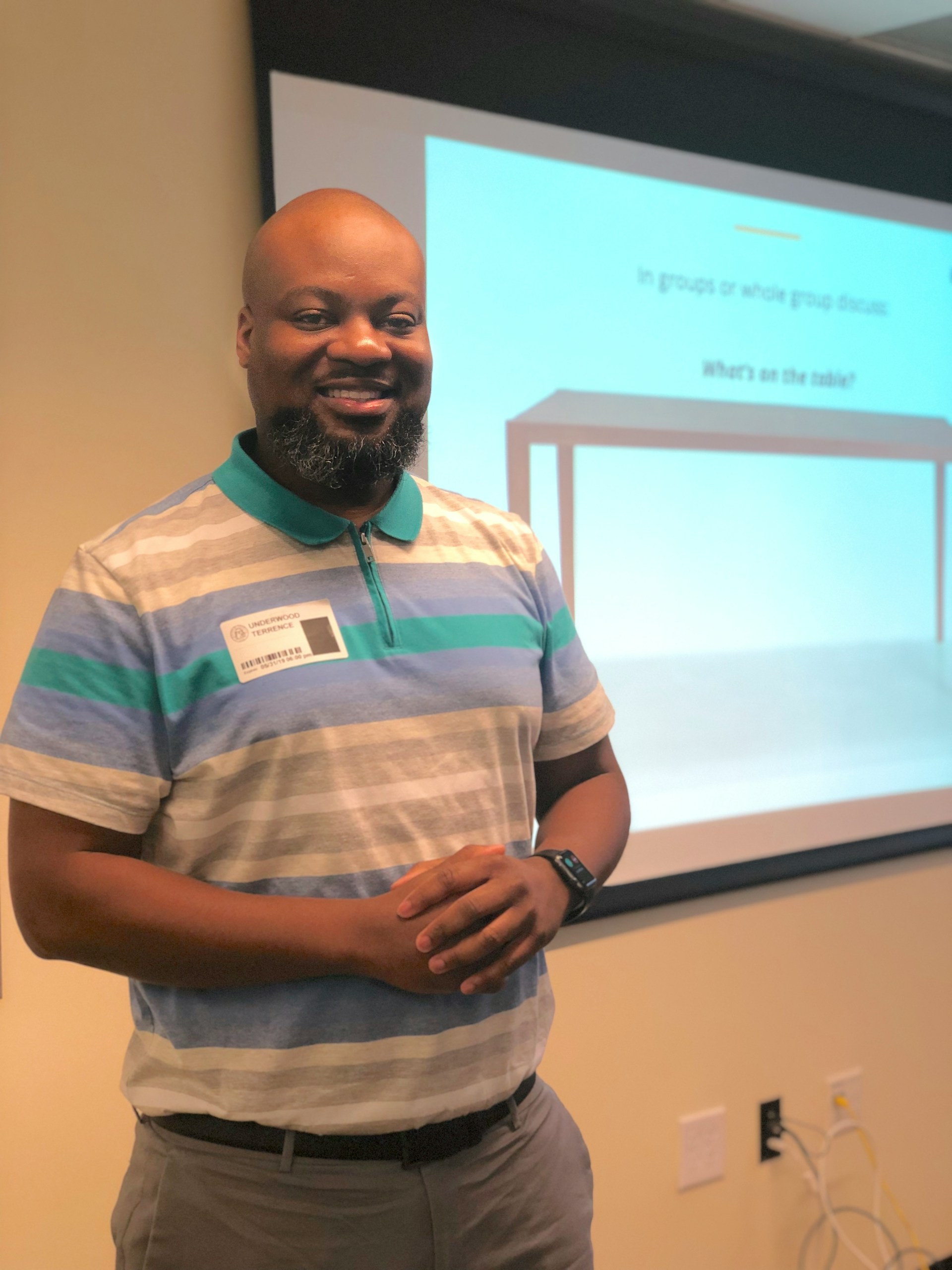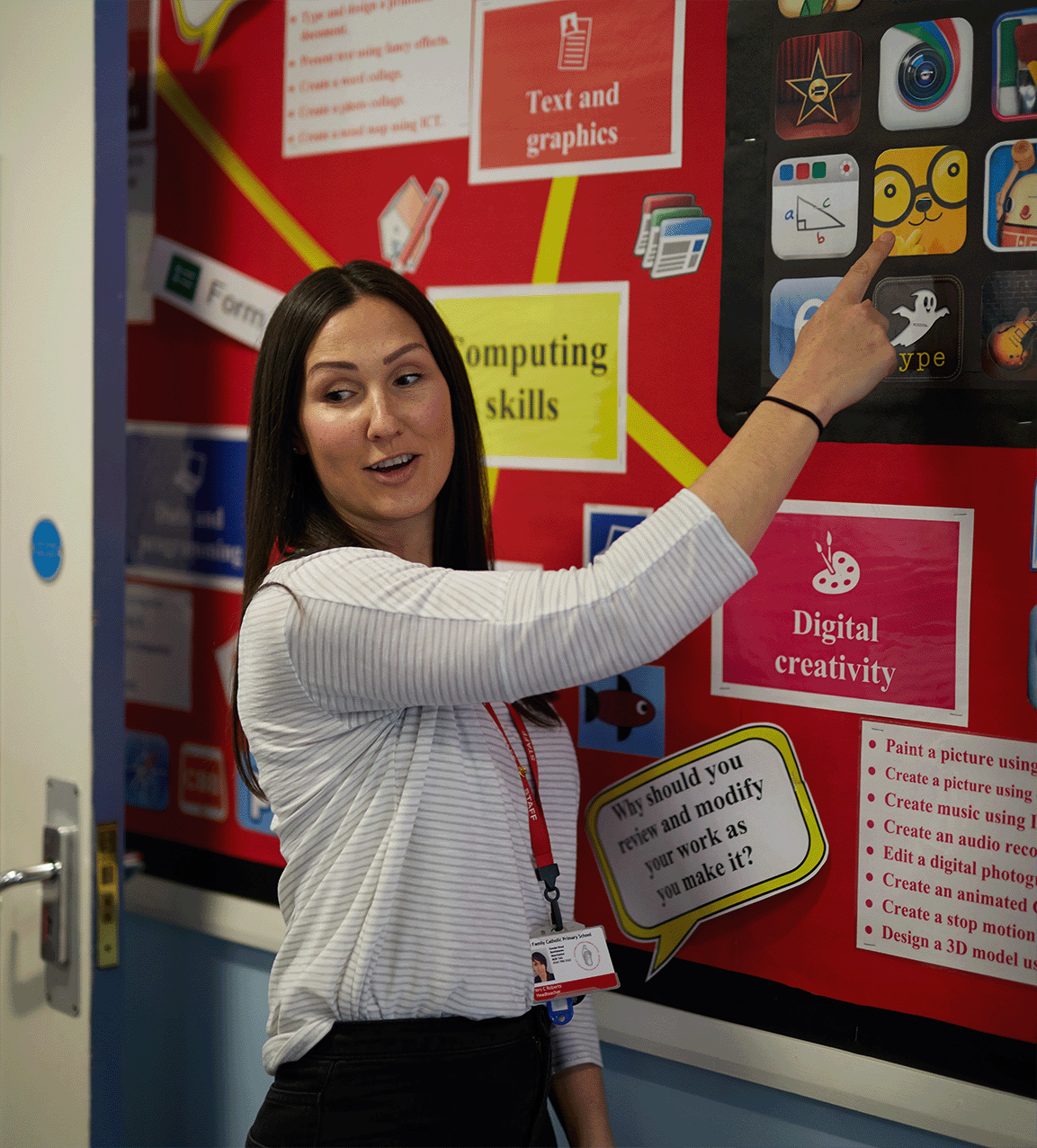Lesson planning is a core task that can take up a lot of a teacher’s time, particularly when it comes to new teachers. As you become more experienced, planning will take less time. However, it is important to get yourself into effective and efficient planning habits early in your teaching career. While good planning takes time, the key is that you make the best use of the time you have.
Are you a first-time teacher looking for some guidance on lesson planning? We’ve got you covered. We’ll cover the basics of lesson planning and provide tips on how to ensure lesson planning success. These tips will help you create engaging, meaningful lessons that your students can relate to and enjoy.









